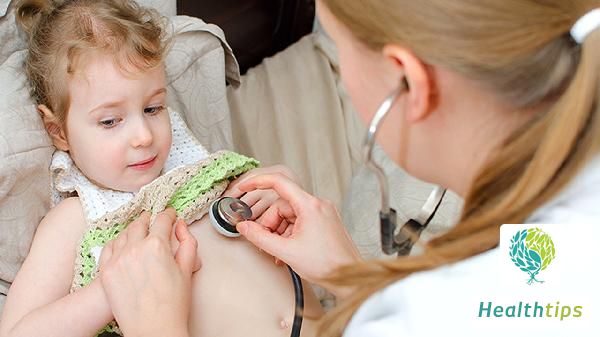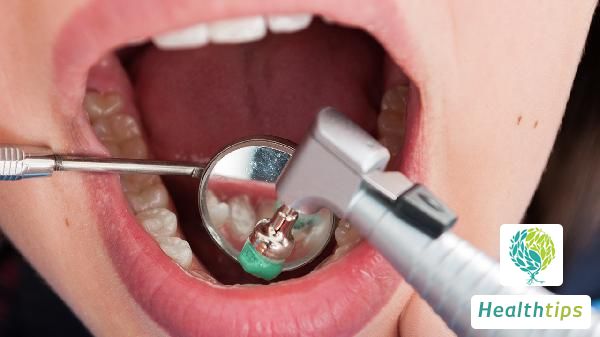"What Does a Positive Result for Hepatitis B Two-Pair Semi-Quantitative Test with Bands 2 and 5 Indicate?"
We know that the hepatitis B two-and-a-half test is an important examination to determine whether we are infected with hepatitis B, but it has five test results, each consisting of a combination of five indicators of yin and yang, which also brings great difficulties for us to understand our own conditions in time. Many people are confused about the results, such as whether the result of 25 positives is okay? To answer this question, we should first understand the items of the hepatitis B two-and-a-half test and the meaning of each indicator.

1. Hepatitis B Surface Antigen: It indicates that the person has been infected with the virus, but it does not reflect whether the virus is replicating or contagious.
2. Hepatitis B Surface Antibody: This is a very good thing. Its presence indicates that the body has protective antibodies and can prevent infection with hepatitis B virus.
3. Hepatitis B E Antigen: It specifically signifies the marker of virus replication. Generally, if it remains positive for more than 3 months, there is a tendency towards chronicity.
4. Hepatitis B E Antibody: Its appearance indicates slow virus replication and weak infectiousness, but it does not mean that there is no infectiousness at all.
5. Hepatitis B Core Antibody: Its appearance means that the patient has been infected or is currently being infected. Generally, a single positive result is meaningless.
Experts indicate that the hepatitis B two-and-a-half test result of 25 positives refers to both the surface antibody and core antibody being positive, indicating that the patient has antibodies against hepatitis B virus; however, it also suggests that the patient has been or is currently infected with hepatitis B virus. In such cases, it usually indicates that the patient's condition has recovered, but due to the possibility of virus replication, regular follow-up examinations and active cooperation with corresponding treatments are necessary at this time.



















